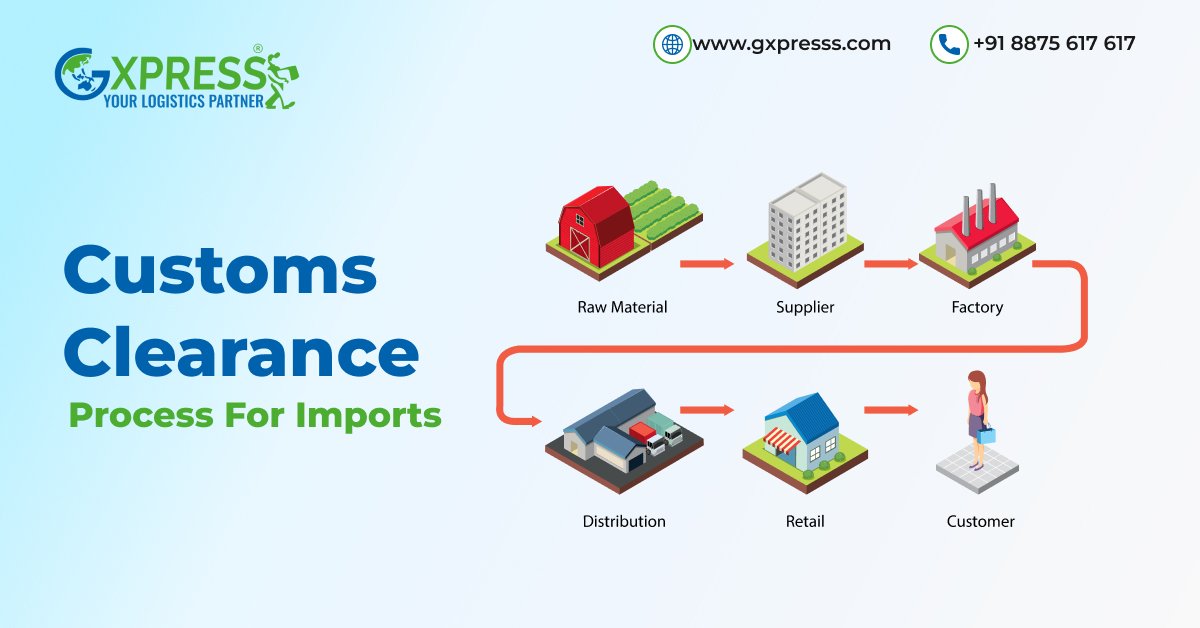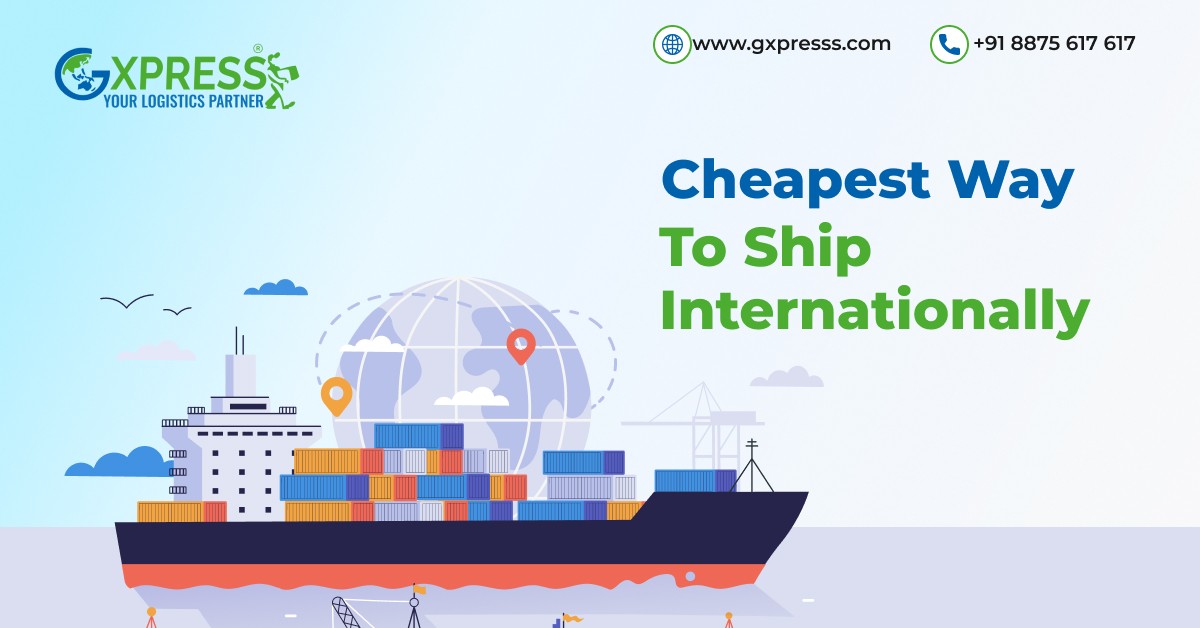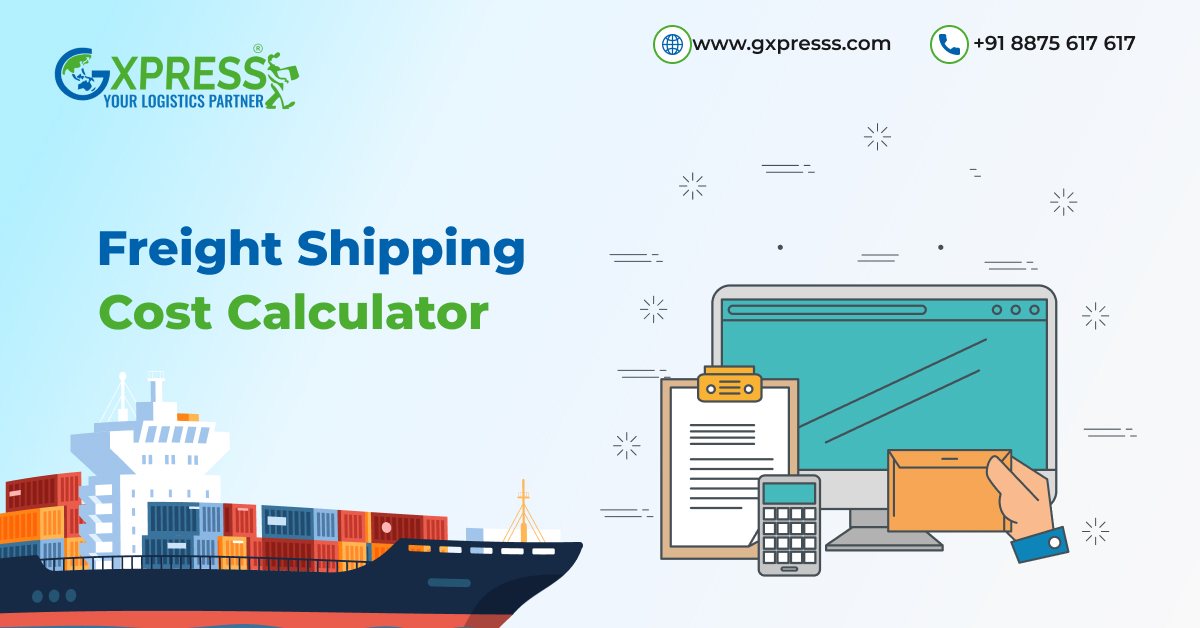May 28, 2025Freight9 min readBy Admin
Difference Between Freight and Cargo: What You Need to Know
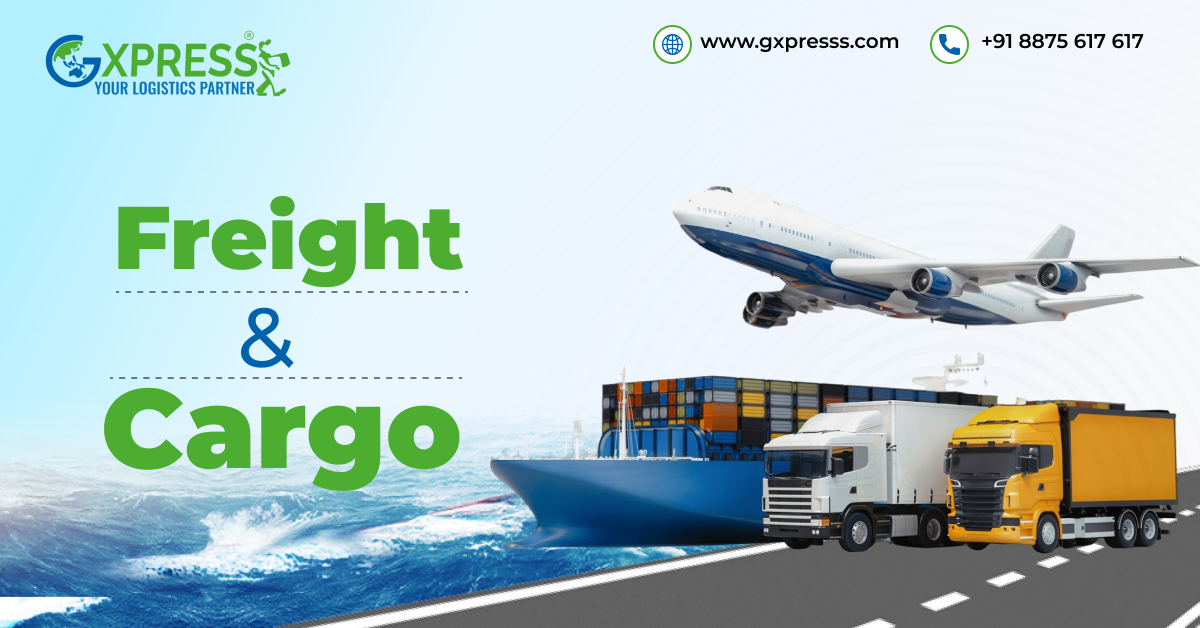
There are two boxes in front of you. You know what’s inside: one has sarees from India, the other has tech parts for Germany. But wait, one reads “Cargo” and the other “Freight.” “Are Freight and Cargo not the same?” You wonder.
They’re in fact not the same. If you take a look at the world of logistics, you’ll see that two boxes that look a lot like each other can be different based on how they are transported and handled.
Let's talk about the difference between Freight and Cargo and help you pick the best way for what you need.
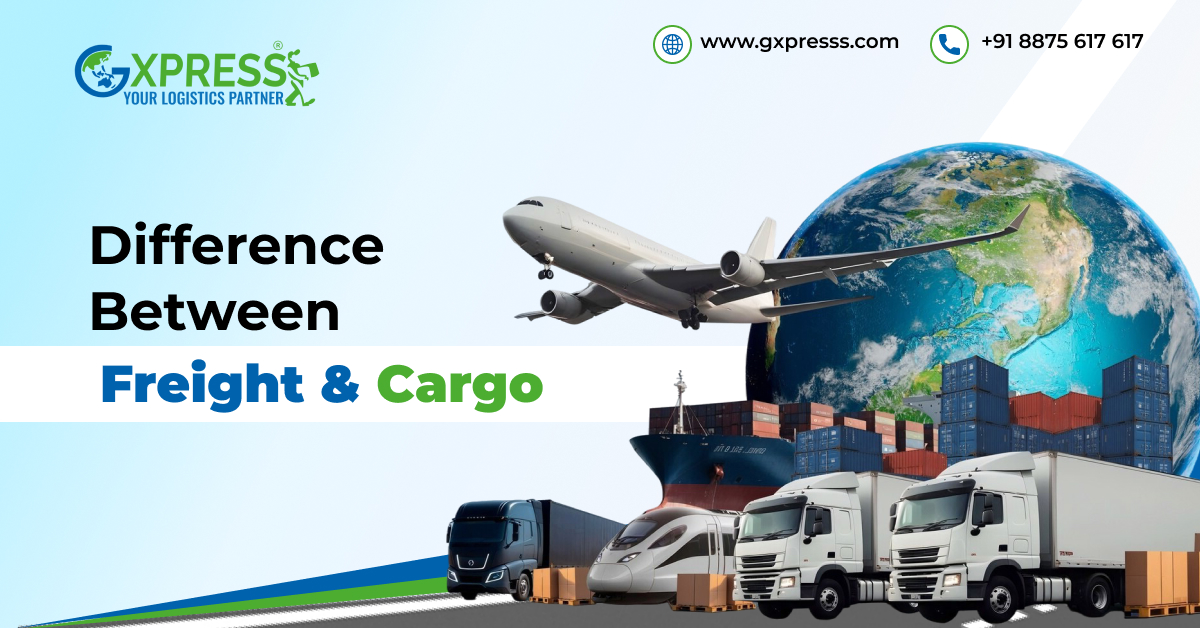
What is a Cargo in Logistics?
In this world, cargo means goods or merchandise that are transported, mainly by ships or aeroplanes, from one place to another. Globally or within countries. It’s the actual thing—what’s being moved. Cargo can be anything: tech, clothes, big machines, food that goes bad fast, construction materials, raw goods like silk, cotton, coal, etc. Cargo is mostly used for big shipments and moving stuff for businesses. Like moving spices to Spain or books to Brisbane, if it goes in large amounts by air or sea, it’s cargo.Main Types of Cargo
In the logistics industry, you can see many types of cargo, big and small. There are a few main types of cargo. Let’s go through each one by one:1. General Cargo
This has packed items like clothes, tech, and food, mostly moved in boxes. Look at current fashion trends coming from Italy to shops all over—packed up in boxes. That is how general cargo works.2. Bulk Cargo
Items of the same or similar composition that are transported in large quantities, as the name suggests. These go right into a ship’s bottom. This is what powers companies and feeds loads of people. There are 2 types of Bulk Cargo:- Dry Bulk Cargo: Materials like coal, grain, and ores, which are needed in copious amounts for industries to use.
- Liquid Bulk Cargo: This takes things like oil, wine, or chemicals, mostly moved in big tanks or special boxes. Also called ‘Break Bulk Cargo’.
3. Perishable Cargo
Foods or drugs that need cool places, like fish or shots. Like when large retail stores like Walmart or JioMart order fresh vegetables, fruits, or meats for their refrigerated store sections. Now, see fresh strawberries picked early in California, in your local store, right in time for your morning meal. This is thanks to how perishable cargo is sent.4. Containerized Cargo
Goods that are packed in metal containers for easier shipping. The containers are usually around 20 or 40 feet in length. The items inside the containers can be anything, with compliance to regulations, of course.5. Project Cargo
Items that are too big, like machinery for industries or construction, that will not fit into regular-sized containers due to their size, weight, and complexity.6. Refrigerated Cargo
Used for materials that need a temperature-controlled environment, for example, medication or food. This kind of cargo is usually transported by air or by sea. Aeroplanes and Reefer Ships have special in-built rooms just for this cargo transportation.7. Livestock Cargo
Refers to the transportation of livestock animals like sheep, cattle, and goats. But it is not limited to livestock. The transportation of any animals is livestock cargo. Special measures are taken to reduce the chances of diseases being spread by the animals.8. HazMat Cargo
Hazmat means ‘hazardous materials’, referring to firearms, radioactive materials, compressed gases, etc. Basically, anything that needs a safe, controlled environment. Each cargo type has its own way of handling, paperwork, and way of moving.
What is Freight?
While cargo is the goods, freight is about how to move these goods, and often the cost of moving them. Freight can be transported by road, rail, air, or sea, and touches on things like freight charges, freight forwarding, or freight services. To make it clear: cargo is what you move, freight is how you move it. For example, you are a company owner and you live in the UK. You want to send raw materials to your workers in India, where your manufacturing unit is. The raw materials you send will be the cargo. And your mode of transportation (land, air, sea) will be freight.Types of Freight
Say you run a chair shop in the UK and you need wood from India. The wood is the cargo, while the ships, planes, or trucks that bring it—and the cost—make up the freight. So, what are the different types of freight? Let’s find out:1. Air Freight
Quick, great for stuff that must get there fast or is worth a lot. More costly but faster.2. Ocean Freight
Good for moving a lot internationally for cheap, especially for stuff that won't go off. Best for big operations.3. Ground Freight
Covers road and rail. Great for moving things in one country or nearby. It works well for online shops and stores.Difference in Cargo and Freight Insurance Policies
One more thing that sets Freight and Cargo apart is the insurance policies.For Cargo
Cargo Money Cover is about the stuff. It covers loss or harm to the stuff on a flight or ship. It often has cover against theft, bad weather, and mistakes in handling.For Freight
Freight Money Cover, on the other hand, is about the service. It covers not just the stuff’s worth but also the process itself, like harm, being late, and accidents.Difference Between Freight and Cargo: A Quick Overview
Think of how your smartphone got to you, from all around the world where its parts were made, to your hand. This trip is made through a big network of ships and trucks, each with its own part in moving things across the world.| Category | Cargo | Freight |
| What it refers to | The actual goods or items being shipped | The process and cost of transporting those goods |
| Used in context of | Mostly in air and sea transport | Used across air, sea, road, and rail |
| Example phrase | “Cargo plane,” “bulk cargo,” “air cargo manifest” | “Freight charges,” “freight forwarding,” “freight service” |
| Includes | Only the physical products | Products plus logistics services, handling, and transportation fees |
| Who typically uses it | Shippers and warehouse managers refer to inventory | Logistics providers and transport companies referring to the shipment |
| Role in shipping | What needs to be delivered | How will it be moved and managed |
How to Choose Between Cargo and Freight Services
Think of a small shop in Jaipur that sends handmade clothes worldwide. If they’re shipping a lot by air, that’s air cargo. If they need someone to manage everything from door pickup to customs to getting it to London, they need freight help. Here's how to pick:1. Size and Worth of Stuff Sent
Big or pricey shipments may need full freight help.2. Speed vs. Cost
Cargo by air is quick but expensive. Freight by sea is slow but saves money.3. Papers and Customs Help
Freight helpers often give help with customs and provide all the way help.4. Where it’s Going & Moving Needs
In-country needs ground freight. Overseas might need many ways (air + ground).The Best Cargo and Freight Service Provider — Gxpress
When you need a trusted buddy for your shipping needs—from moving fruit from Mumbai to Melbourne or machines from Beijing to London—Gxpress stands out as the best freight forwarder. Here’s why you can trust Gxpress:- Top-notch Transport Help: They run air, sea, and ground transport well.
- Track Your Goods: See your goods go step by step with clear updates.
- Customs Clearance Services: Work through world rules with ease.
- Insurance: Whether you’re a small business or a big shipper, if your goods are lost or damaged during shipping, you’ll get compensation.
- Warehousing: Keep your goods safe in their warehouses for security.
Conclusion
Next time you see the terms Freight and Cargo, you’re not going to be confused. Instead of thinking about what those terms mean, you’re going to know exactly how to differentiate between them. If someone asks what cargo and freight are, you can tell them. Knowing the difference not only helps in picking the right logistics service provider but also makes sure your goods get there safely, quickly, and right. And if you’re ever unsure? Gxpress is always there to lead you, making moving goods work, one shipment at a time.Frequently Asked Questions
Q1. What is cargo?
Cargo is goods or items moved, most often by air or sea. It can be anything from things we buy to raw materials.Q2. What is freight?
Freight is how goods are moved and what it costs to do it. It covers the moving services, travel, and charges tied to it.Q3. What is freight and cargo difference?
Freight and Cargo are different. Cargo is the actual item that gets shipped. Freight is the service and cost of moving those items from one spot to another.Q4. What are the three types of freight?
The 3 types of freight are: Air, Ocean, and Ground. Air Freight is quick, good for urgent or costly items. Ocean Freight has good value for long journey trips overseas. Ground Freight is by road or rail, great for local or country-wide sends.Q5. What are the 5 types of cargo?
The 5 types of cargo are: Dry cargo, Liquid cargo, Bulk cargo, Containerized cargo, and Project cargo.Q6. What does a cargo and freight company do?
A cargo and freight company looks after moving goods from start to end. They deal with packing, paperwork, rules at borders, moving, and getting items there—by air, sea, and land.Share this article:

